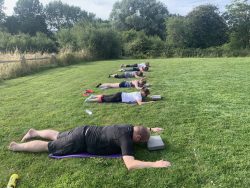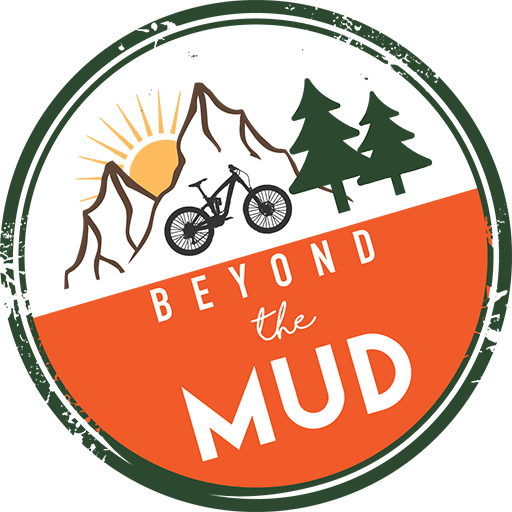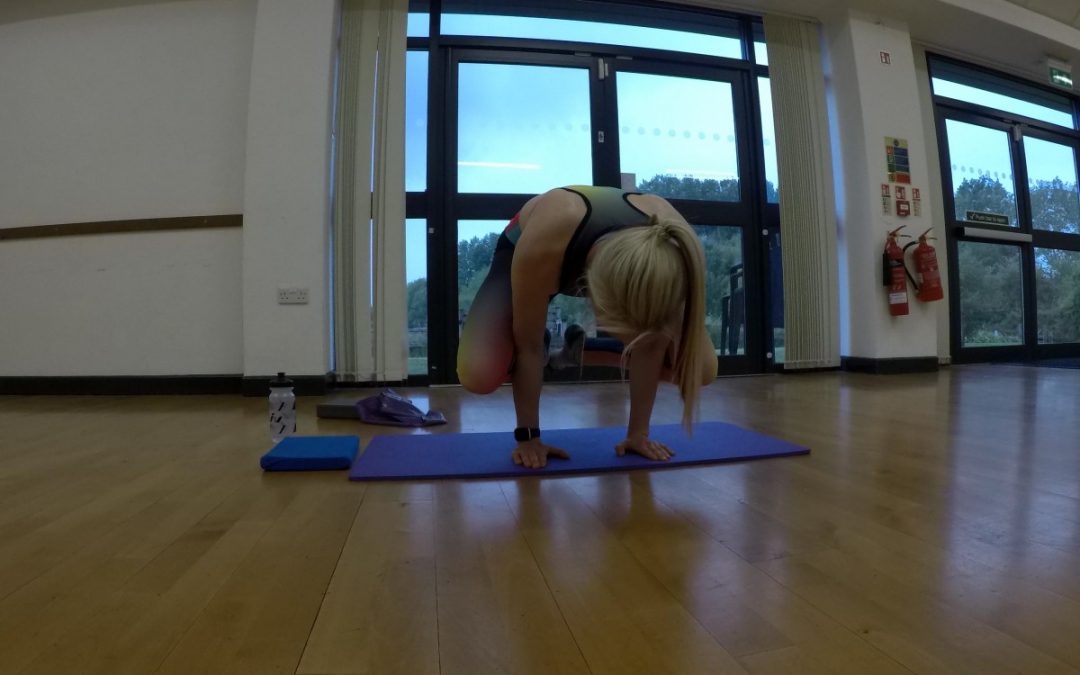One is a holistic discipline originating from ancient India, the other a specific physical system devised by German anatomist Joseph Pilates in the early 20th century, but there’s much cross-over, today I hope to help unravel some of the differences for you.
Today, yoga and Pilates are both renowned for their numerous health benefits, from offering connection to the body and stress relief, to developing flexibility, strength, control and endurance. The key factor they both share is working with breathing to deepen the moves you practise during your sessions.
According to the NHS yoga is an ancient form of exercise that focuses on strength, flexibility and breathing to boost physical and mental wellbeing. The main components of yoga are postures (a series of movements designed to increase strength and flexibility) and breathing.
What are the health benefits of yoga?
Dozens of scientific trials of varying quality have been published on yoga.
While there’s scope for more rigorous studies on its health benefits, most studies suggest yoga is a safe and effective way to increase physical activity, especially strength, flexibility and balance.
There’s some evidence that regular yoga practice is beneficial for people with high blood pressure, heart disease, aches and pains – including lower back pain – depression and stress.
So to me yoga sounds rather like Pilates! However, in your local Pilates class you will probably find no meditation that you may come across in yoga.
What is Pilates?

Pilates looks to work your whole-body using weight bearing exercises and in some cases weights, resistance bands, balls and equipment such as the Reformer, Cadillac and Wunda Chair. With its system of pulleys and springs, handles and straps, the apparatus can provide either resistance or support, depending on the client’s needs.
Pilates joins the body with the mind, it requires good concentration, awareness of your body and breath with a deep focus needed for advanced level Pilates all of which can help to boost your mental health.
What are the health benefits of Pilates?
Regular Pilates can help to improve posture, muscle tone, balance and joint mobility, as well as relieve stress and tension. For elite athletes, including dancers, cyclists, golfers and runners Pilates can complement training by developing whole-body strength and flexibility, and help reduce the risk of injury.
Pilates is a fundamental part of my training as a mountain biker I use it not only to help stretch out my muscles but build all over body strength especially in my back and core which help me be a better cyclist. It has also helped me with my balance which has transferred to my balance and coordination on the bike.
Research from MINDBODY has shown that 70 per cent of those who do yoga or Pilates say that it relieves stress for them. Both practices teach breathing techniques that can help to combat feelings of stress and anxiety, while both traditionally encourage students to align the body with the mind and spirit, taking time to focus on self-care.

I run my Pilates classes from West Stoke, Westbourne, Fishbourne, Havant, Waterlooville and Bedhampton. I run mainly mixed ability classes keeping my numbers low so I can give one to one support to my clients. Have a look at my Pilates page for more information.

